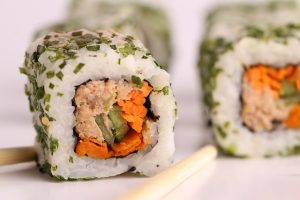Are these chicken feet cooked before deboning, or raw?
 Raven Saunt of the Daily Mail writes that factory workers were caught on camera using their mouths to strip the bones from chicken feet before selling them to the public.
Raven Saunt of the Daily Mail writes that factory workers were caught on camera using their mouths to strip the bones from chicken feet before selling them to the public.
The footage was recorded by hygiene officials who visited the factory in Nong Khai, northeast Thailand, on Tuesday.
In the video, eight workers can be seen sitting down in front of plastic baskets full of chicken feet.
Officials are standing around to watch them as they raise the feet to their mouths and begin tearing at them with their teeth.
The workers grip on to the bones before wrenching them out and spitting them to the ground.
The clip then jumps to show one of the workers using pliers to remove the bones from the feet which appears to take longer and leaves the foot looking distorted.
The video ends shortly after.
The footage was recorded by hygiene officials who visited the factory in Nong Khai, northeast Thailand, on Tuesday
Hygiene officials were outraged after learning that staff had been banned from using utensils by factory bosses who said it was ‘five times faster’ to process the chicken by mouth.
They ultimately instructed the 31-year-old owner of the factory to change her methods.
Provincial governor Ronnachai Jitwiset is now probing other factories in the region amid suspicions that others may be using the unhygienic method of food processing for one of the country’s most popular dishes.
He said: ‘There are several diseases that could be contagious through the saliva including influenza, herpes or even the hazardous like hepatitis A and B.’
Hygiene officials were outraged after learning that staff had been banned from using utensils by factory bosses who said it was ‘five times faster’ to process the chicken by mouth
Factory owner Nongluck Payakphrom explained that using pliers to strip the chicken feet was slow and inefficient but that she willing to change.
She said: ‘When I first started the business we used pliers to strip the chicken feet but it took five minutes to finish one foot which is too long and the customers did not like the end product.
‘I have changed the approach to let the worker use their mouth to strip it them the customer prefer it, which boosted sales.
‘However, we understand that our approach has caused a backlash and we are happy to change.
‘The factory will be closed until the workers can use the pliers to process the feet as well as they do when using their mouths.’










